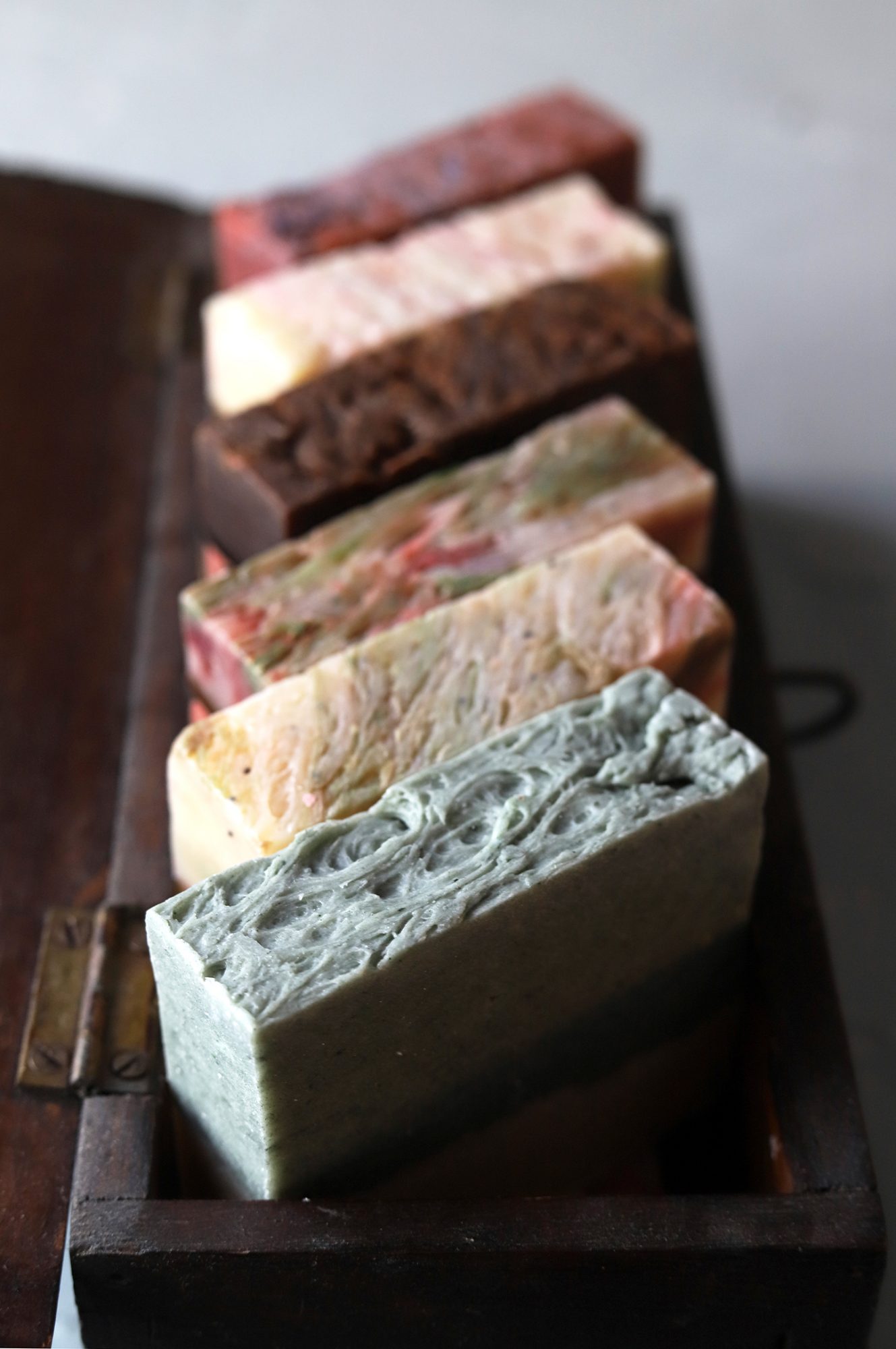
Soap Star Spotlight
Over 16 years ago, Diane Seimetz opened her own advertising agency with Michael Boone and David Wilgus. In 2016, this little entrepreneur decided she wasn’t done entrepreneur-ing just yet, so she launched a soap and skincare company called A Joy Forever Bath + Body. This business, along with her agency, continues to thrive today. Hear how Diane runs a full-time business and a side business without missing a beat.
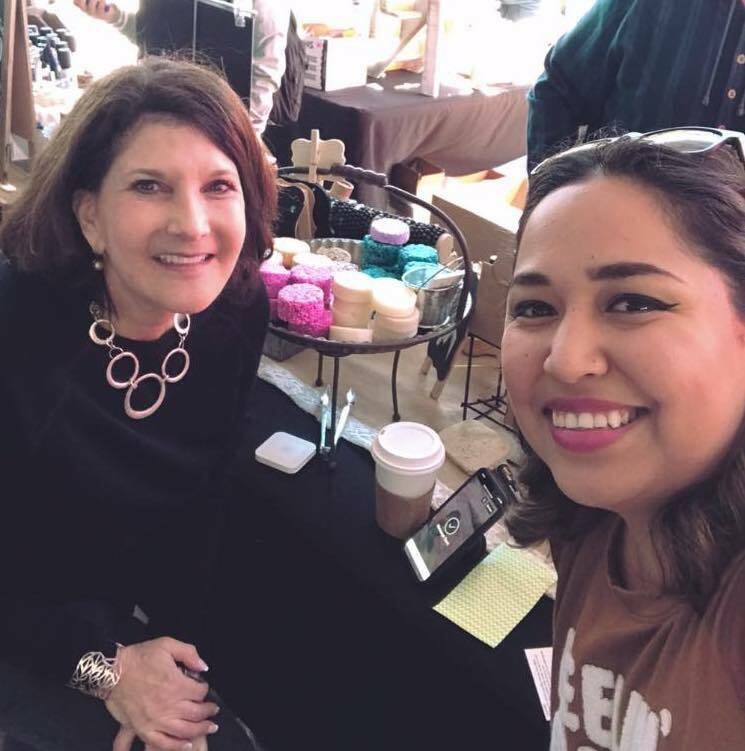
How did your first business encourage you to start the second?
As an employee for more than 20 years, I never saw myself as business owner. But the thrills, occasional spills, and unique kind of satisfaction that come with creating something from scratch turned me into a bit of a startup junkie.
What inspired you to start your recent side hustle?
I’ve always loved to make things. Whether it was tiny cakes with an Easy-Bake oven; knitting with my mother’s old clackety metal needles; Mod Podge plaques and popsicle stick Christmas ornaments – you name it, my hands were in it. Ultimately, my professional career led me to advertising, where I could be a maker, too.
Why bath and body products?
I have an incurable condition where my immune system attacks my own cells. The resulting inflammation causes an array of symptoms, most commonly joint pain and rashes. So, I decided to take my health into my own hands becoming vegan and reducing everyday toxins by making my own personal care and cleaning items. Within two years, I was off all medications, and experienced few, if any, symptoms. As an unexpected side-benefit, I found crafting my own soaps and skincare to be enormously satisfying. Just taking in the healing fragrances of the essential oils infused into my creams, balms and butters inspired me to attempt more challenging, intricate creations.
These caught the attention of family, friends and coworkers, who began asking for the same products I prepared for myself. By 2016, I decided to formalize the arrangement and turn my healthy hobby into a small side business. This past year, I expanded to add a men’s shave and shower line, Tumbleweed+Thyme, and pet care products as well. All are Leaping Bunny-certified cruelty-free and part of the GoTexan program supporting native Texas businesses.

Where can we find your wares?
I love handmade markets, because they provide the opportunity to really talk with people. That’s hard to do in an e-commerce environment. I am particularly fond of the Boho Market at the Dallas Farmer’s Market and The Shacks in Plano, as well as V-Market pop-ups – held at cool venues around DFW throughout the year. It’s always gratifying to see customers – many of whom have become friends – drive a fair distance to buy my products and share their experiences with me. That keeps me going and growing in my work. But if markets aren’t your thing, I also happily take online orders at ajoyforever.com.
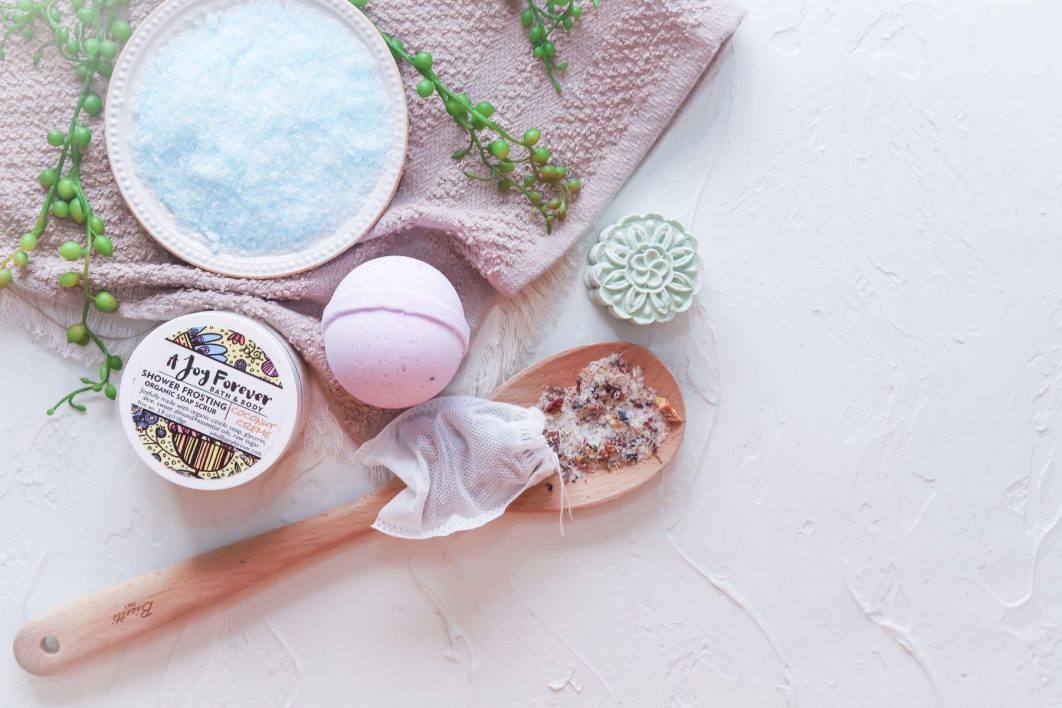
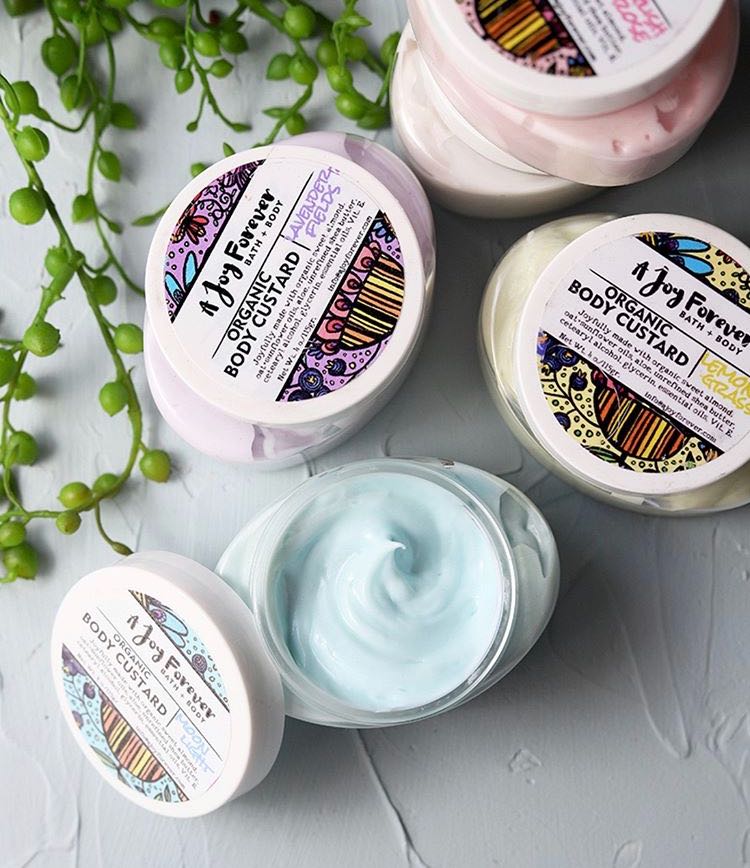
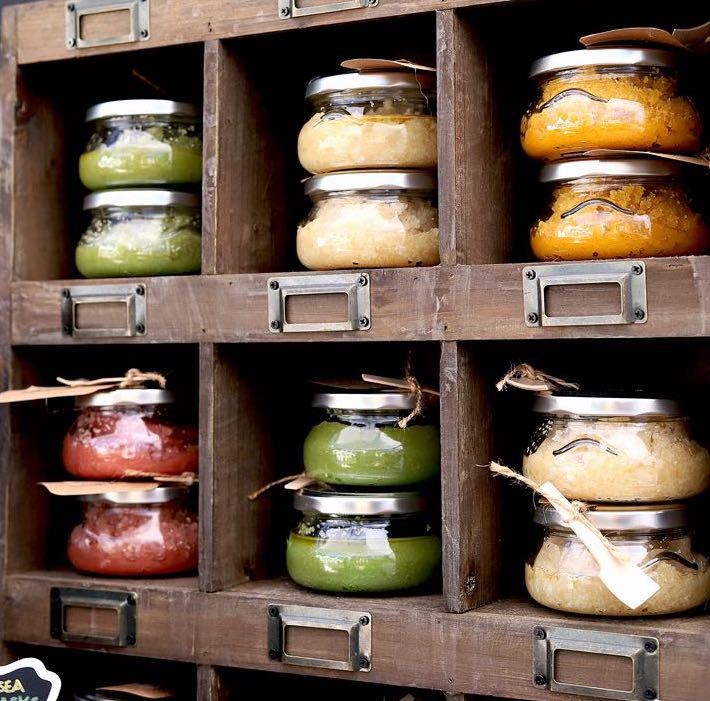

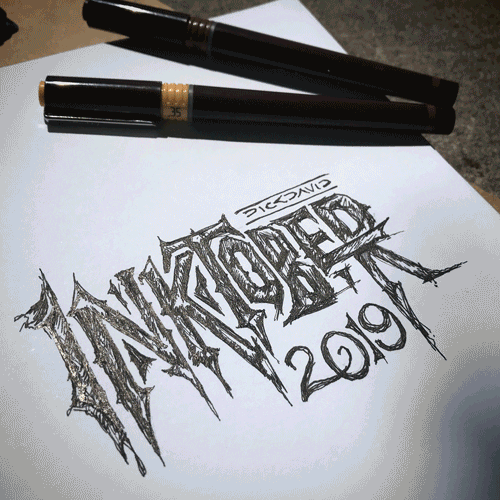
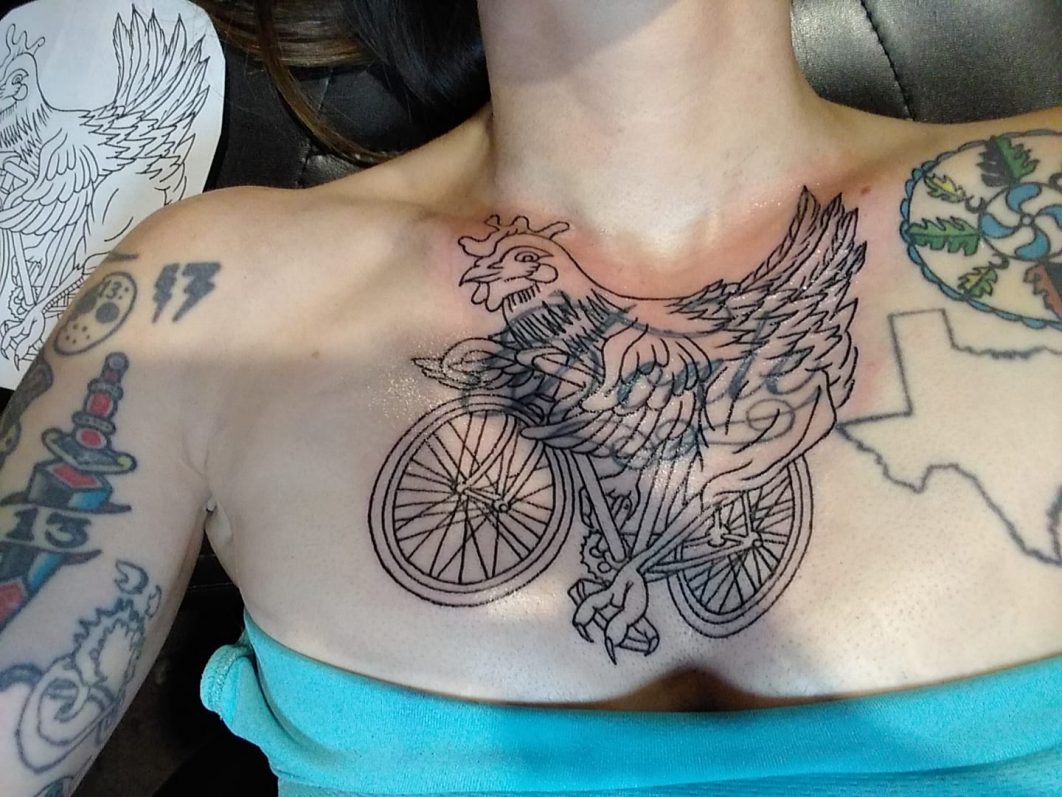
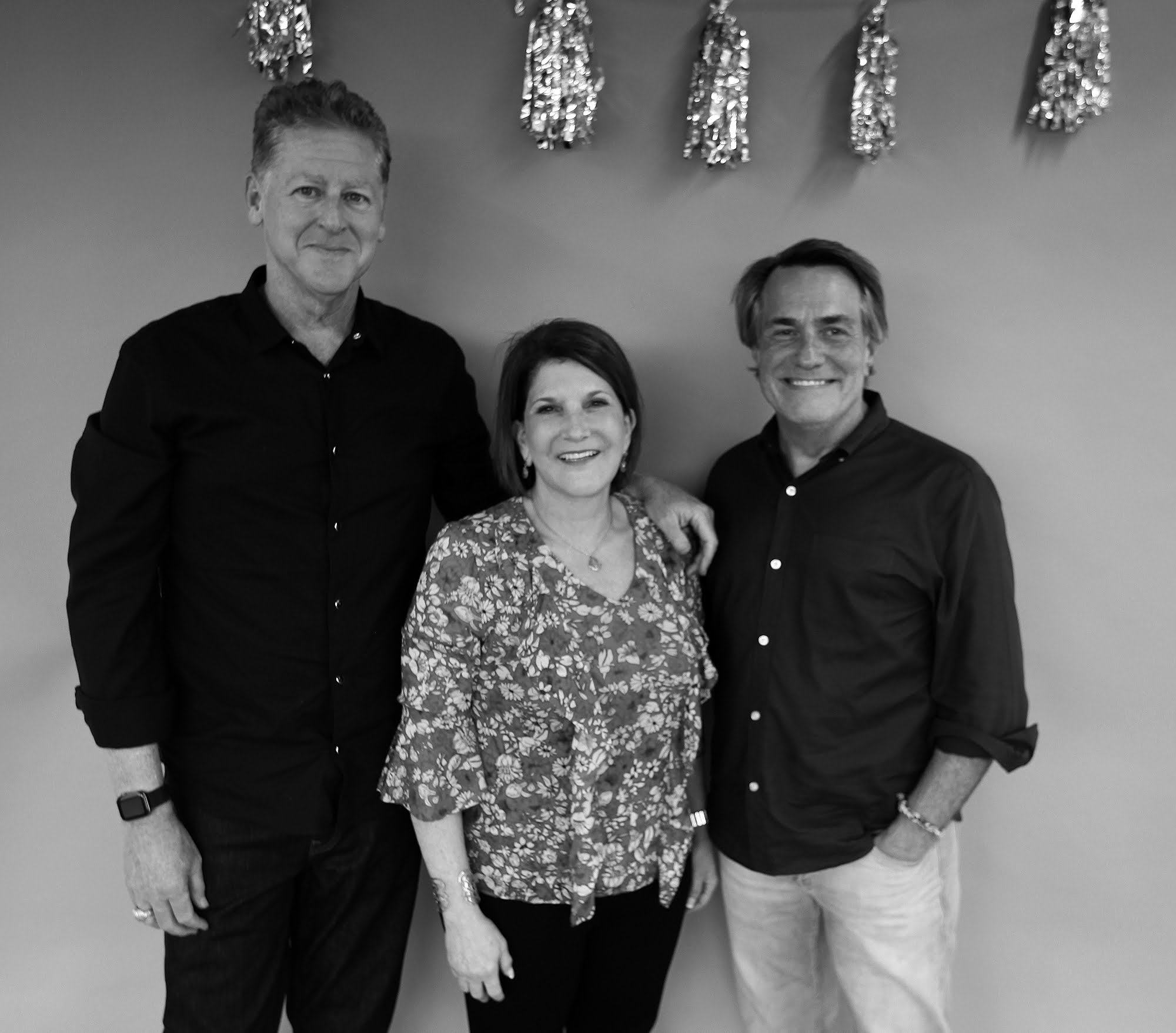
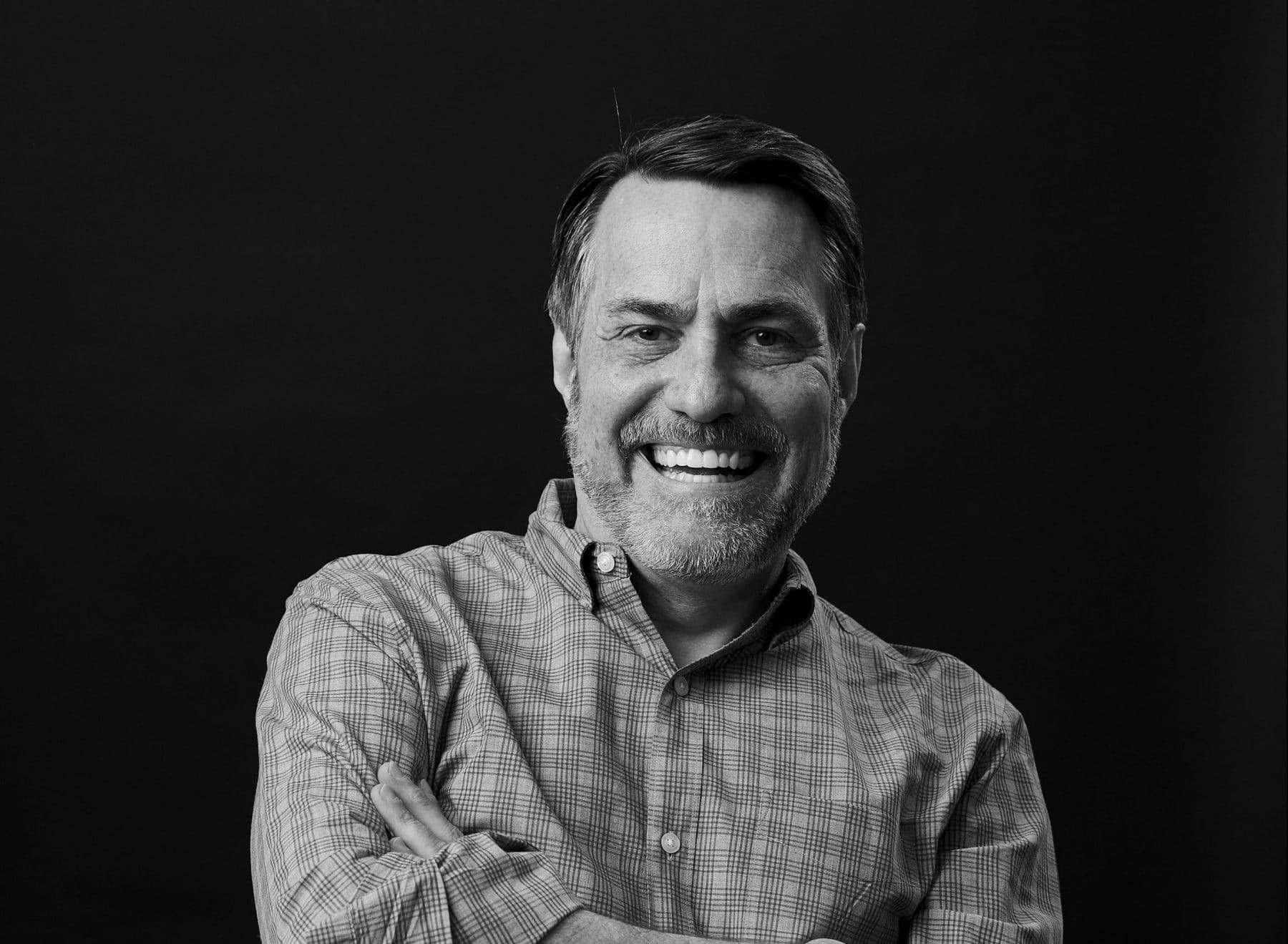
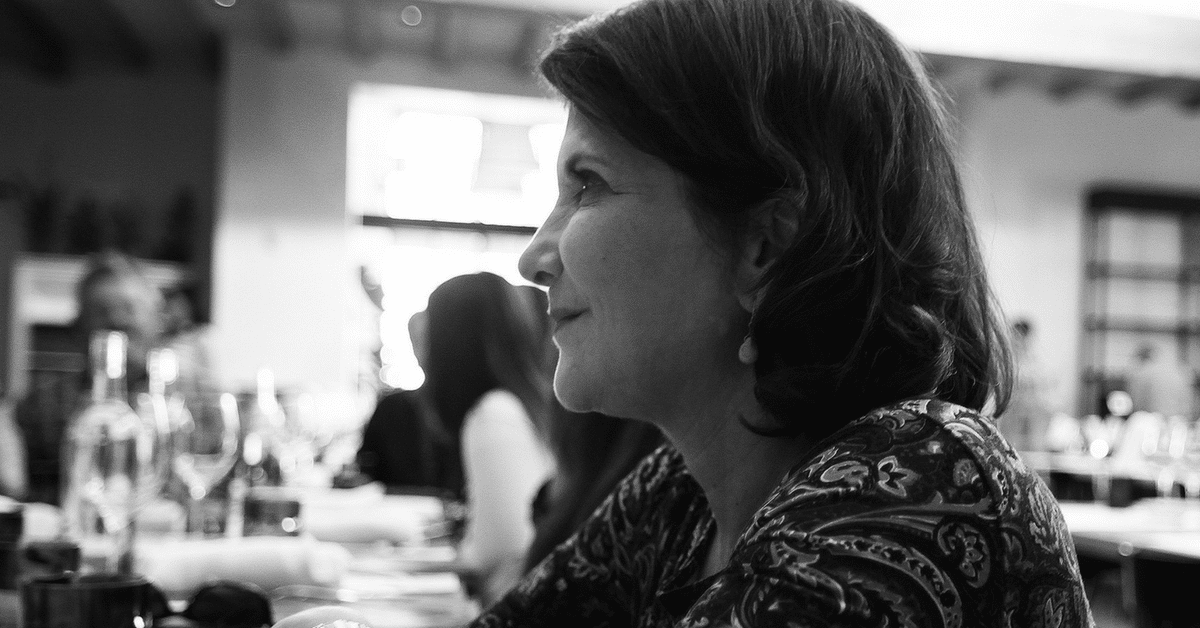
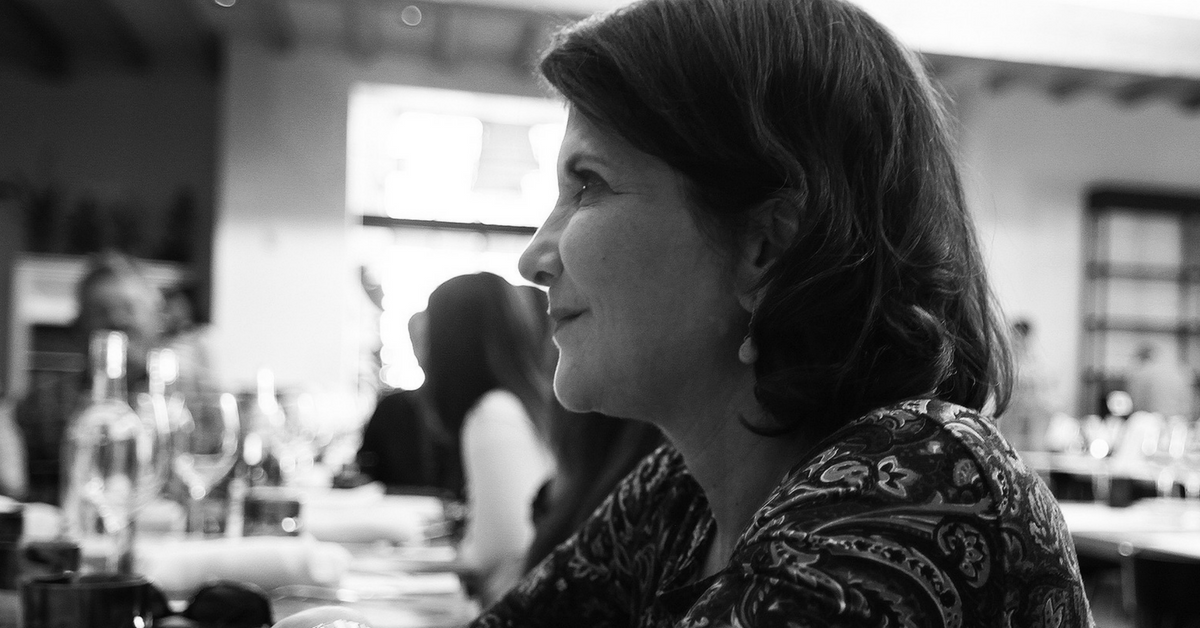 Diane Seimetz
As a child, Diane was always creating things and showed an early interest in writing. She would make cookbooks, write three-act plays, enter poetry contests, and even enlisted the help of her father to send promotional ideas to companies (winning 10 free ice cream cones from Baskin Robbins as a result).
She graduated from college with a Fine Arts degree with a concentration in Theater but knew that her passion for plays wasn’t necessarily a career path. She worked several jobs post-graduation to make ends meet – making eyeglasses in an optical factory, clerking at a dress store, working for a professional babysitting service – before picking up a writing gig at an ad agency.
The advertising industry was a godsend for Diane.
“I felt like an equal in an industry where talent reigned and leveled the playing field,” she says. “I didn’t find out until many years later that I often earned less than my male counterparts. But honestly, I loved what I did so much, I usually couldn’t believe I was actually getting paid to do it. My late husband was a CPA, and when we talked about what we did at the end of a long day, I recognized how very fortunate I was to have a creative job, and hugely talented, inspiring, often hilarious people alongside me.”
One of the biggest aids when Diane was first starting out was her mentor,
Diane Seimetz
As a child, Diane was always creating things and showed an early interest in writing. She would make cookbooks, write three-act plays, enter poetry contests, and even enlisted the help of her father to send promotional ideas to companies (winning 10 free ice cream cones from Baskin Robbins as a result).
She graduated from college with a Fine Arts degree with a concentration in Theater but knew that her passion for plays wasn’t necessarily a career path. She worked several jobs post-graduation to make ends meet – making eyeglasses in an optical factory, clerking at a dress store, working for a professional babysitting service – before picking up a writing gig at an ad agency.
The advertising industry was a godsend for Diane.
“I felt like an equal in an industry where talent reigned and leveled the playing field,” she says. “I didn’t find out until many years later that I often earned less than my male counterparts. But honestly, I loved what I did so much, I usually couldn’t believe I was actually getting paid to do it. My late husband was a CPA, and when we talked about what we did at the end of a long day, I recognized how very fortunate I was to have a creative job, and hugely talented, inspiring, often hilarious people alongside me.”
One of the biggest aids when Diane was first starting out was her mentor, 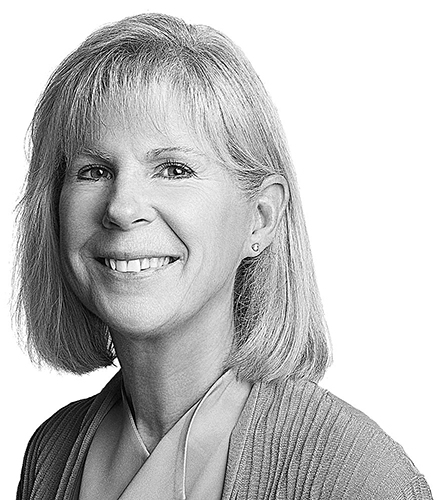 Diane Fannon of The Richards Group
“She took a flyer on me, and I will always be grateful for her,” says Diane. “She was (and still is) a tireless advocate for great work, an incredible strategic thinker and killer presenter. She also tells a dirty joke like nobody’s business.”
Mentorships like the one Diane experienced early in her career are crucial for preventing women in middle management positions from leaving the ad industry altogether.
Diane Fannon of The Richards Group
“She took a flyer on me, and I will always be grateful for her,” says Diane. “She was (and still is) a tireless advocate for great work, an incredible strategic thinker and killer presenter. She also tells a dirty joke like nobody’s business.”
Mentorships like the one Diane experienced early in her career are crucial for preventing women in middle management positions from leaving the ad industry altogether. 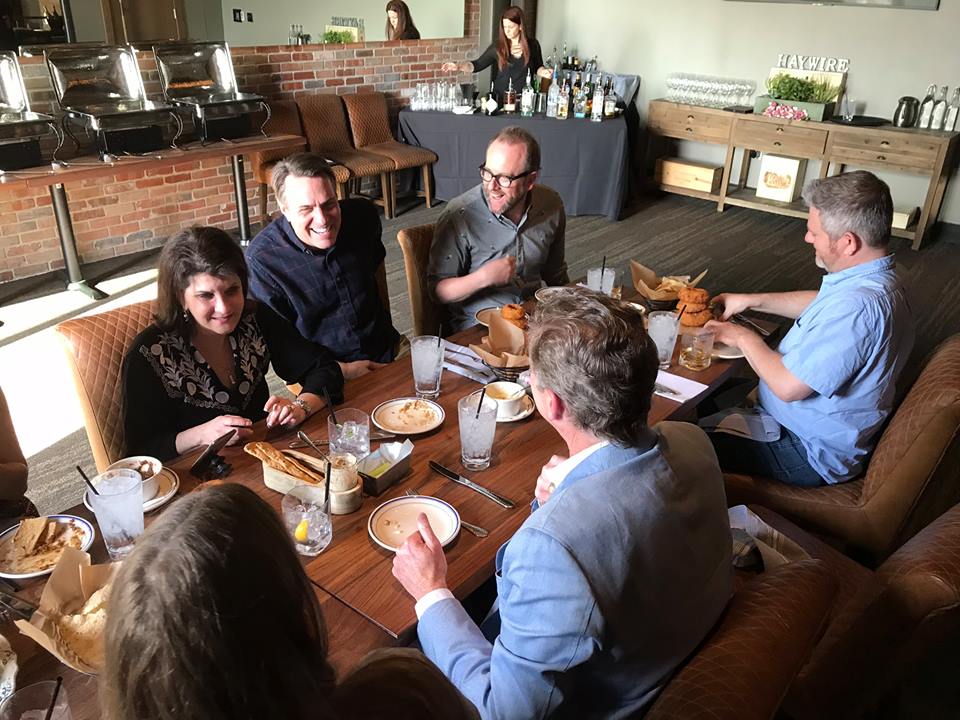 Diane and some of the Launch team trading stories at the 15th Launchiversary dinner.
In order to increase the number of female leaders in advertising, it’s also important that women take stock of their own approach to the job. Diane believes that transferring your innate passions to your work is the most important skill a woman in business can have and that this transfer takes time and practice.
“Most of us have strong emotions that are deeply felt and powerful gut instincts,” she says, “but they can only be used to make great work and transform a client’s business if they are applied and shared.”
Diane and some of the Launch team trading stories at the 15th Launchiversary dinner.
In order to increase the number of female leaders in advertising, it’s also important that women take stock of their own approach to the job. Diane believes that transferring your innate passions to your work is the most important skill a woman in business can have and that this transfer takes time and practice.
“Most of us have strong emotions that are deeply felt and powerful gut instincts,” she says, “but they can only be used to make great work and transform a client’s business if they are applied and shared.”

 Whitney Museum collateral, c/o Grafik
Whitney Museum collateral, c/o Grafik
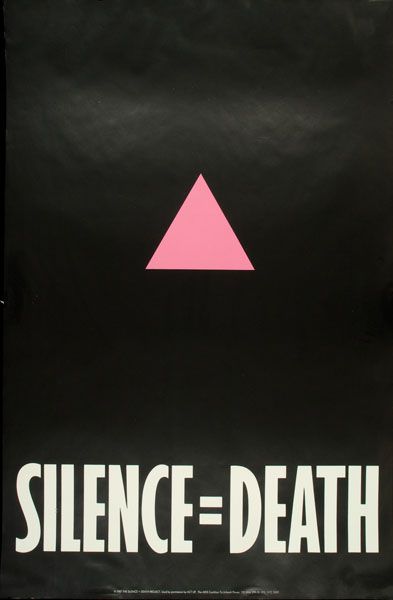 “Silence = Death” AIDs poster, created by Avram Finklestein, Brian Howard, Oliver Johnston, Charles Kreloff, Chris Lione, and Jorge Soccaras, c/o ACT UP
“Silence = Death” AIDs poster, created by Avram Finklestein, Brian Howard, Oliver Johnston, Charles Kreloff, Chris Lione, and Jorge Soccaras, c/o ACT UP
 Seattle Women’s March, c/o Edith B. and A Mighty Girl
Seattle Women’s March, c/o Edith B. and A Mighty Girl
 Ken Barber leading the class
Ken Barber leading the class
 Some lettering examples
Some lettering examples Q: Werewolves or vampires?
A: Usually vampires. Werewolves are clique-y.
Q: There’s a zombie apocalypse. What do you grab?
A: My car keys. I’m going to Wal-Mart where there’s no windows, video monitoring, huge food supply, pharmacy, weapons, AND barricade materials. With a few extra people on board, you’ve got a micro-city.
Q: Favorite boy band?
A: Fall Out Boy
Q: If you could dis-invent one thing, what would it be?
A: Bras. :’(
Q: If fat, calories, cholesterol, etc. were not an issue, what two foods would you feast on?
A: French bread & cream puffs.
Q: What has been the highlight of your experience at Launch so far?
A: Endless coffee and getting to know the Launch team. Everyone’s been so sweet!
Q: What do you hope to learn in your time at Launch?
A: To list a few, I hope to become more confident in my ability to deliver what a client needs, streamline my process to work faster, strengthen my collaboration skills, and peek into the “real world” of design.
Q: Werewolves or vampires?
A: Usually vampires. Werewolves are clique-y.
Q: There’s a zombie apocalypse. What do you grab?
A: My car keys. I’m going to Wal-Mart where there’s no windows, video monitoring, huge food supply, pharmacy, weapons, AND barricade materials. With a few extra people on board, you’ve got a micro-city.
Q: Favorite boy band?
A: Fall Out Boy
Q: If you could dis-invent one thing, what would it be?
A: Bras. :’(
Q: If fat, calories, cholesterol, etc. were not an issue, what two foods would you feast on?
A: French bread & cream puffs.
Q: What has been the highlight of your experience at Launch so far?
A: Endless coffee and getting to know the Launch team. Everyone’s been so sweet!
Q: What do you hope to learn in your time at Launch?
A: To list a few, I hope to become more confident in my ability to deliver what a client needs, streamline my process to work faster, strengthen my collaboration skills, and peek into the “real world” of design.
